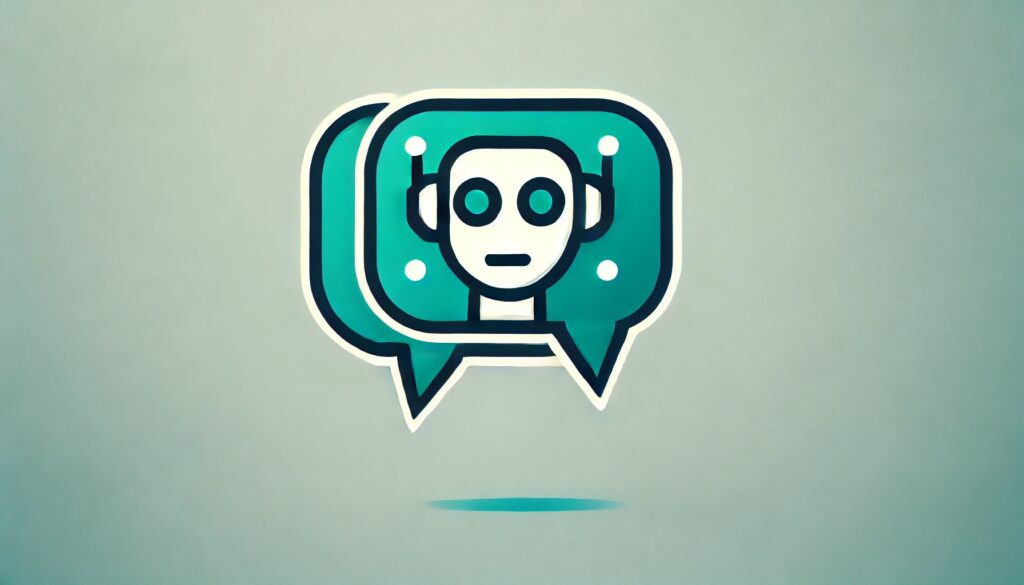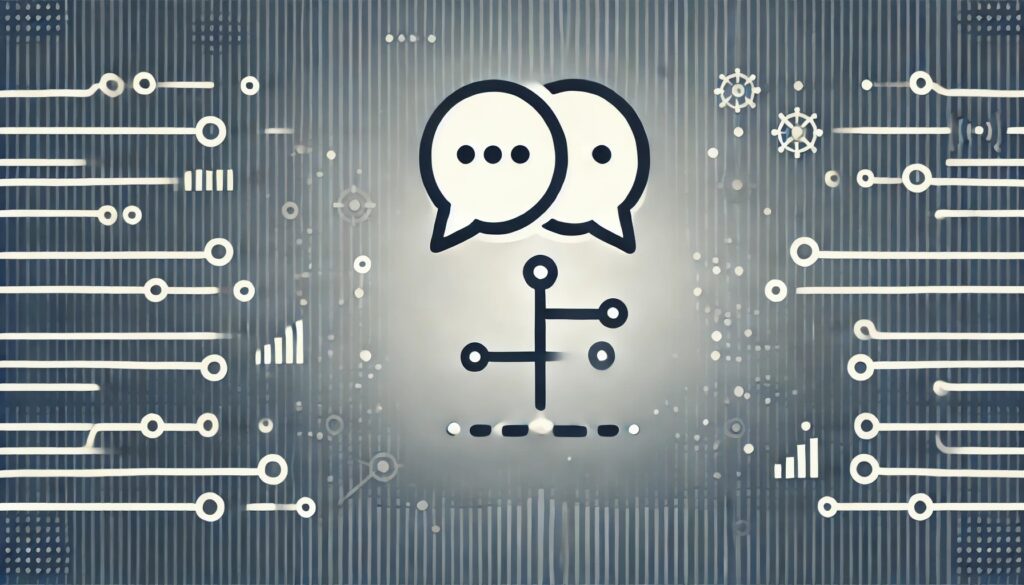
Voice AI and Emotional Intelligence: Detecting Mood and Tone for Context-Aware Responses
Voice AI technology has advanced beyond smart responses, aiming for more emotionally aware interactions. As voice assistants become integrated into daily live, the need for systems to understand and respond to user’s emotional tone has surged.
Advances in natural language processing (NLP), deep learning, and affective computing are fueling this transformation, making Voice AI capable of creating a more natural, supportive, and even therapeutic experience.
This article explores the importance of emotional intelligence in Voice AI, the technology behind mood detection, and the challenges and future potential of context-aware responses.
Why Emotional Intelligence Matters in Voice AI
Incorporating emotional intelligence (EI) into Voice AI helps these systems avoid impersonal or inappropriate responses. Emotional intelligence allows Voice AI to detect and interpret a user’s mood, paving the way for more supportive and responsive interactions.
- Enhanced User Experience: Voice AI that understands emotions can tailor responses based on whether a user sounds happy, frustrated, or worried. This enhances the natural flow of conversation.
- Improved Customer Satisfaction: Emotionally aware Voice AI can be a powerful tool in customer service, adapting its tone to better meet customer needs and expectations.
- Support in Healthcare and Therapy: EI-equipped Voice AI has the potential to assist in therapy and mental health support by responding empathetically to emotional cues.
How Voice AI Detects Mood and Tone

Detecting mood and tone in voice involves sophisticated technology that interprets various elements of speech. Here are the primary technologies that enable Voice AI to gauge emotions:
Analyzing Speech Patterns and Tone
Voice AI systems can assess speech patterns like pitch, speed, and volume to pick up on mood. For instance, a faster speech rate might signal excitement, while a slower one might indicate sadness or fatigue. Detecting these subtle changes helps Voice AI understand not just what is being said but how it’s being said.
Using Natural Language Processing (NLP) for Sentiment Analysis
NLP allows Voice AI to analyze word choice and structure, giving it insights into the user’s emotional state. By integrating sentiment analysis, Voice AI can gauge positivity, negativity, or neutrality in language. When combined with tone analysis, this creates a more comprehensive picture of a user’s mood.
Implementing Deep Learning and Affective Computing
Voice AI also uses deep learning models trained on vast datasets of emotional speech samples. These models help the system recognize patterns associated with different emotions. Meanwhile, affective computing focuses on developing systems that can detect, interpret, and respond to human emotions, further refining Voice AI’s capabilities in real-time.
Challenges in Developing Emotionally Intelligent Voice AI
While promising, building emotionally aware Voice AI isn’t without obstacles. Several challenges must be addressed to make this technology accurate and ethically responsible:
Privacy and Data Security Concerns
For Voice AI to detect emotions, it needs access to voice data, which raises privacy and security concerns. Users must feel confident that their emotional data is protected, especially when such information is sensitive.
Cultural and Personal Variation
Emotions can be expressed differently across cultures and individual personalities, making it challenging to develop a one-size-fits-all solution. For instance, a raised voice might signify anger in some cultures but excitement in others, requiring Voice AI to be adaptable to cultural nuances.
Maintaining Ethical Boundaries
There’s a fine line between a helpful, empathetic AI and one that might feel invasive. Ethical guidelines must be established to ensure that Voice AI respects user boundaries and does not misuse emotional data for manipulative purposes.
Future Potential of Emotionally Intelligent Voice AI
The future of emotionally aware Voice AI promises exciting developments that could make virtual assistants and customer service bots even more user-centric.
- Real-Time Adaptation: In the future, Voice AI could offer real-time adaptations to tone and mood changes, creating a seamless interaction that feels genuinely responsive.
- Applications in Healthcare: Emotionally intelligent Voice AI could play a pivotal role in healthcare, assisting patients with mental health challenges by providing comforting, understanding responses.
- Educational Support: In educational settings, emotionally aware AI can help students by detecting stress or frustration, adjusting responses to keep learners engaged and motivated.
Conclusion
The integration of emotional intelligence into Voice AI represents a significant leap forward in making technology feel more human. By detecting and responding to mood and tone, Voice AI can offer context-aware responses that are both effective and empathetic. Although challenges exist, ongoing research and advancements in NLP, deep learning, and ethical AI hold great promise for a future where Voice AI can genuinely connect with users on an emotional level.
Further Reading and Resources:
- Affective Computing and Its Applications
- Privacy Concerns in Emotion AI
- Deep Learning for Emotional Speech Recognition
FAQs

How does Voice AI detect mood and tone?
Voice AI detects mood and tone by analyzing speech patterns such as pitch, speed, and volume. It also uses natural language processing (NLP) to interpret language sentiment and deep learning models trained on emotional datasets. This combination allows Voice AI to identify and respond to various emotional cues in real time.
Why is emotional intelligence important for Voice AI?
Emotional intelligence enhances the user experience by making interactions feel personal and supportive. In customer service, emotionally aware AI can improve satisfaction by responding appropriately to user needs. In healthcare or education, it provides an extra layer of empathy, making technology better suited for sensitive and diverse applications.
What are the challenges in developing emotionally aware Voice AI?
Key challenges include privacy concerns, as detecting emotions involves handling sensitive voice data. Additionally, emotions vary across cultures and individuals, requiring AI to adapt to different norms. Ethical boundaries are also essential, ensuring the AI respects user privacy and avoids intrusive behavior.
How does Voice AI use deep learning to detect emotions?
Deep learning enables Voice AI to recognize emotions by training on large datasets of emotionally tagged voice samples. Through these samples, AI learns to identify patterns associated with different emotions, such as sadness, happiness, or frustration. Deep learning models process these patterns to make real-time predictions about a user’s emotional state, allowing Voice AI to generate context-appropriate responses.
Can Voice AI understand complex emotions?
While Voice AI can detect basic emotions like happiness, sadness, and anger, understanding complex emotions (such as ambivalence or subtle disappointment) remains challenging. Researchers are working on multi-layered models that factor in context, word choice, and tone to improve the AI’s ability to identify nuanced feelings. Over time, these advancements could help Voice AI better interpret complex emotional states.
Are there privacy concerns with emotion-detecting Voice AI?
Yes, privacy is a major concern. For Voice AI to detect emotions, it must collect and process sensitive voice data, raising issues around user consent, data storage, and security. Developers must prioritize strict data privacy standards, ensuring that any data used is either anonymized or used with explicit user consent to safeguard personal information.
How can emotionally aware Voice AI be used in healthcare?
Emotionally aware Voice AI can play a supportive role in healthcare, especially in mental health and elderly care. For example, AI that detects distress or anxiety can provide calming responses, recommend resources, or alert caregivers if necessary. This empathetic approach may help patients feel understood and supported, offering a complementary tool for healthcare providers.
Is Voice AI able to adapt to cultural differences in emotional expression?
Emotionally aware Voice AI faces challenges in adapting to cultural differences, as emotional expression can vary widely across cultures. Developers are working on models that incorporate culturally diverse datasets and adapt to regional norms, allowing Voice AI to respond more appropriately based on cultural context, such as variations in tone or body language in different regions.
Will emotionally intelligent Voice AI replace human customer service?
Emotionally intelligent Voice AI is more likely to enhance rather than replace human customer service roles. AI can handle routine or repetitive tasks, providing quick responses and gauging mood for better user engagement. However, complex emotional needs and highly personalized support are still best handled by human agents. Instead of replacing them, Voice AI can free up time for customer service professionals to focus on cases that require deeper empathy and understanding.
Can Voice AI recognize sarcasm or irony?
Detecting sarcasm and irony is challenging for Voice AI because these rely on subtle tone shifts, context, and sometimes shared cultural knowledge. While some advanced models can pick up on hints of sarcasm—such as exaggerated tone changes—Voice AI is still in the early stages of reliably recognizing these nuances. Ongoing research aims to improve Voice AI’s ability to interpret sarcasm by integrating more complex sentiment analysis and context-awareness.
How is emotion detection in Voice AI different from text-based AI?
Emotion detection in Voice AI is often more nuanced because it can analyze vocal cues like pitch, speed, and volume that reveal emotions beyond what’s written in text. Text-based AI relies heavily on word choice and sentence structure for emotional cues, which can limit its accuracy. Voice AI, however, can detect subtleties in a person’s voice, making it better suited for real-time mood detection and more dynamic, conversational responses.
Are there industries besides healthcare and customer service that benefit from emotionally aware Voice AI?
Yes, many industries stand to benefit from emotionally aware Voice AI. In education, it can gauge student frustration or enthusiasm, adjusting responses to keep students engaged. In hospitality, emotionally aware AI can enhance guest experiences by responding empathetically to requests or complaints. Retail also uses Voice AI to provide customized shopping experiences by recognizing customer excitement or frustration, creating a more positive and memorable experience.
What ethical guidelines are necessary for emotionally aware Voice AI?
Ethical guidelines for emotionally aware Voice AI focus on transparency, consent, and data protection. Users should be informed when their emotions are being analyzed, and Voice AI systems should obtain explicit consent to use this information. Additionally, ethical AI should prioritize secure data handling to prevent misuse of sensitive information. Creating clear boundaries on how emotional data is used ensures that AI remains a helpful tool without invading user privacy.
Can Voice AI reduce stress in high-pressure environments?
Emotionally aware Voice AI has the potential to reduce stress, particularly in high-pressure environments like customer service, emergency response, and healthcare. By detecting heightened stress in a user’s voice, the AI can adjust its tone to be calming or offer specific resources to help manage the situation. In workplaces, emotionally aware AI can even support employees by identifying and de-escalating tense interactions, creating a more supportive atmosphere.
What is the future of emotionally intelligent Voice AI?
The future promises more advanced emotionally aware Voice AI capable of real-time mood adaptation and deeper applications in healthcare, therapy, and education. These advancements could make virtual assistants more supportive, empathetic, and responsive, transforming Voice AI into a genuinely human-centric technology.





